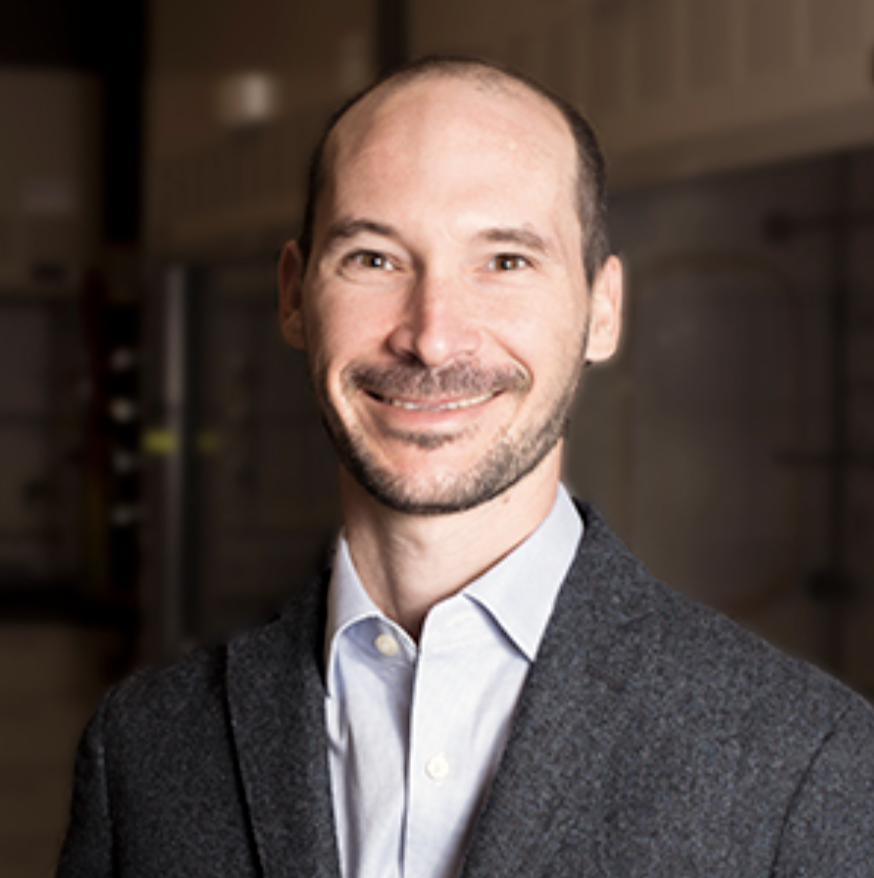Professor Rodrigo Noriega
Professor Rodrigo Noriega
Department of Chemistry
The University of Utah
Abstract
Local interactions in biomolecular recognition and photochemistry
My research approaches the interactions between a reactant and its surroundings as active chemical components, with the view that accounting for the local environments where molecular complexes are formed, charges are exchanged, and chemical bonds are made or broken is a necessary step to solving challenges in energy, sustainability, and health. To achieve this goal, my lab uses time-resolved spectroscopy with an emphasis on in-situ probes and external stimuli.
In the first part of this talk, I will discuss our efforts to disentangle the link between molecular recognition and biochemical function of protein-RNA complexes. From antiviral defense to gene expression and repair, key biological events need proteins to bind specific nucleic acid structures, irrespective of sequence, via shape and charge complementarity. Our group has linked the terminus-specific biochemical activity of the endonuclease enzyme Dicer-2 (D. melanogaster) to a terminus-dependent molecular recognition step, which is overridden by its cofactor protein Loquacious-PD. To understand how electrostatic interactions regulate biomolecular complex formation, we localize them at an interface and study their formation and stability with mid-IR plasmons and ultrafast fluorescence. In this way, we identify the basis for the activity of Loquacious-PD, whose protein-RNA complexes display diffusion-limited association rates, stoichiometry-dependent dissociation rates, and equilibrium constants affected by electric fields.
In the second portion of my talk, I will share our work on a different platform to study biological interactions: dual-functionality biosensors used for correlative fluorescence and electron microscopy. Chromophore-binding proteins and RNA aptamers can be made into genetically-encodable biosensors with substantial photon emission while also providing an effective photochemical route to yield localized contrast agents in the form of metal-chelating polymer particles. However, while the photophysical parameters that determine their fluorescence under live-cell imaging conditions have been characterized in detail, the photochemical cycle that leads to the in-situ growth of metal-chelating polymers is not well understood. Our results indicate a need to reevaluate the traditional assumption that reactive oxygen species are the driver for the photo-oxidative coupling of aromatic amine monomers. We find that quenching by electron-transfer from monomers outcompetes quenching by molecular oxygen and, while this alternate pathway is significantly less efficient than the one mediated by singlet oxygen, it can be responsible for a significant portion of the polymer yield.
Rodrigo Noriega
Rodrigo Noriega is an Assistant Professor in the Chemistry Department at the University of Utah. His research aims to understand how heterogeneous and dynamic environments affect the structure of soft matter and tune their functionality, with a specific interest in charge/energy transfer and molecular recognition. He is originally from Mexico, where he attended Tecnologico de Monterrey for his bachelor’s degree in Engineering Physics. He obtained his Ph.D. in Applied Physics from Stanford University working with Professor Alberto Salleo on the structural and optoelectronic characterization of organic semiconductors. His postdoctoral work in the group of Professor Naomi S. Ginsberg at the University of California Berkeley used ultrafast laser spectroscopy to probe the effects of local environment on the photophysics of fluorescent organic molecules.
Hosted by Professor Renee Frontiera
